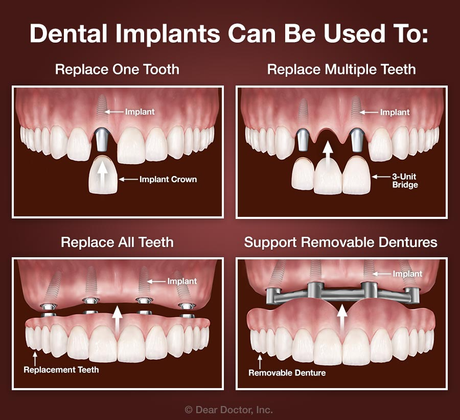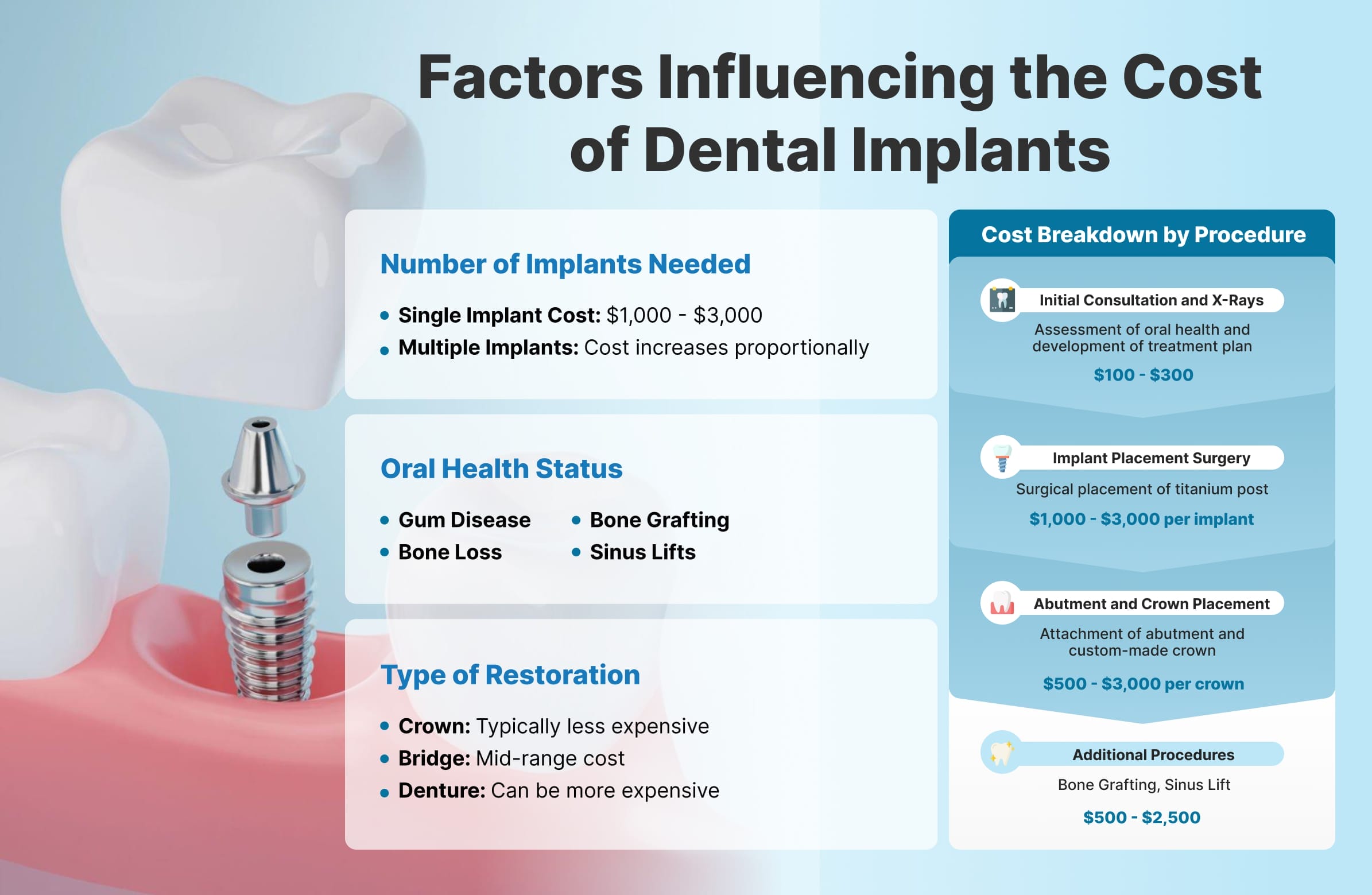Dental Sense Things To Know Before You Buy
Table of ContentsGetting The Dental Sense To WorkThe Dental Sense IdeasNot known Details About Dental Sense 10 Simple Techniques For Dental Sense
are medical devices operatively dental implanted into the jaw to restore a person's capability to chew or their look. They supply support for man-made (phony) teeth, such as crowns, bridges, or dentures. When a tooth is lost as a result of injury or illness, a person can experience difficulties such as quick bone loss, malfunctioning speech, or modifications to chewing patterns that result in pain.Oral implant systems contain an oral implant body and oral implant abutment and might likewise consist of an abutment addiction screw. Dental implant vs bridge. The dental implant body is surgically inserted in the jawbone in area of the tooth's root. The dental implant joint is typically affixed to the dental implant body by the abutment addiction screw and expands with gums right into the mouth to support the affixed man-made teeth
(https://www.easel.ly/browserEasel/14548839)Structure of The Dental Implant System choosing dental implants, talk to your oral provider concerning the possible benefits and threats, and whether you are a candidate for the treatment. Points to take into consideration: Your overall health is an essential element in establishing whether you are a great candidate for dental implants, how long it will certainly take to recover, and exactly how long the implant might remain in place.
Smoking cigarettes might affect the recovery process and reduce the long-term success of the dental implant. The recovery process for the dental implant body may take several months or longer, during which time you generally have a short-term joint instead of the tooth. the dental implant treatment: Very carefully follow the dental health directions offered to you by your oral provider.
The 9-Minute Rule for Dental Sense
Implant failure can result in the requirement for an additional operation to repair or change the implant system. Brings back the capacity to eat Restores cosmetic look Assists maintain the jawbone from diminishing because of bone loss Maintains the health and wellness of the bordering bone and gum tissues Helps keep adjacent (close-by) teeth steady Enhances lifestyle Damages to surrounding all-natural teeth throughout implant placement Injury to the surrounding tissues during surgical procedure, such as sinus opening Injury during surgical treatment (for instance, crack of bordering jawbone) Poor feature, such as really feeling like the teeth do not attack with each other generally An experience that the tooth hangs or twisting in position resulting from a joint screw loosening up Implant body failure (looseness of the dental implant body) because of systemic infection, which might be more most likely in patients with unrestrained diabetics issues due to local infection in bone and gum tissues sustaining the dental implant body because of postponed healing, which might be most likely in people that smoke Problem cleaning the periodontals around the implant, leading to bad dental hygiene Untreated gum illness Post-surgical numbness because of nerve impingement or damage Constantly alert healthcare companies and imaging technicians that you have dental implants before any magnetic resonance imaging (MRI) or x-ray treatments.
FDA is not aware of any damaging events reported for MRI or x-ray procedures with oral implants. Oral implants systems are usually made of materials that follow worldwide consensus requirements of the International Company for Standardization (ISO) or ASTM International. These requirements have details of what makes a secure material.

An oral implant is a framework that replaces a missing tooth. With screw-like devices, the cosmetic surgeon inserts an implant into the jawbone, and it acts as an anchor for a fabricated tooth, called a crown.
The 7-Minute Rule for Dental Sense
Some individuals are not eligible for dental implant surgical procedure. It is for oral doctors to operate people with: acute illnessuncontrollable metabolic diseasebone or soft cells illness or infectionIf these issues are settled, an individual content can have the surgery. In, oral cosmetic surgeons avoid running on individuals with: If individuals with any of the above undergo oral implant surgical treatment, there is a higher threat of the dental implant stopping working.

Dental implant surgical treatment is a tailored process. It's not the very same for every person. The complying with gives a basic introduction of what you can expect your dental expert, oral surgeon, periodontist or prosthodontist to do: Position the dental implant operatively. Offer you time to recover. Attach the blog post and final crown, bridge or denture.
Next off, your cosmetic surgeon will carefully put the dental implant into your jaw. If your dental implant is near the front of your mouth, your dentist will certainly make a momentary tooth for you to wear up until you recover.
The Main Principles Of Dental Sense
Your copyright can tell you what to anticipate in your circumstance. Throughout the recovery phase, your jawbone needs to fuse to the dental implant. This process, called osseointegration, is crucial for security and long-term success. This procedure can take anywhere from three to 9 months. Sometimes, it may take much longer.
As soon as your implant heals, your dentist can connect the joint (small connector message) and your final remediation (crown, bridge or denture). This normally takes concerning one hour to complete and may need a 2nd small surgical treatment. You should not really feel any kind of discomfort during your dental implant treatment due to the fact that your company will utilize medicine to numb your gum tissues.